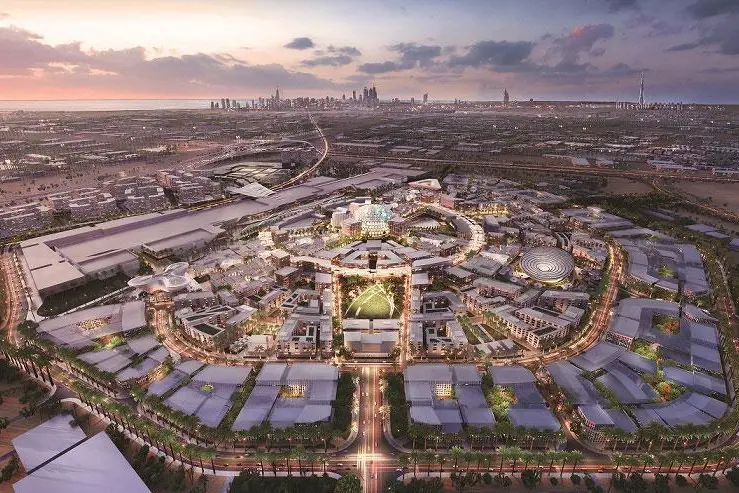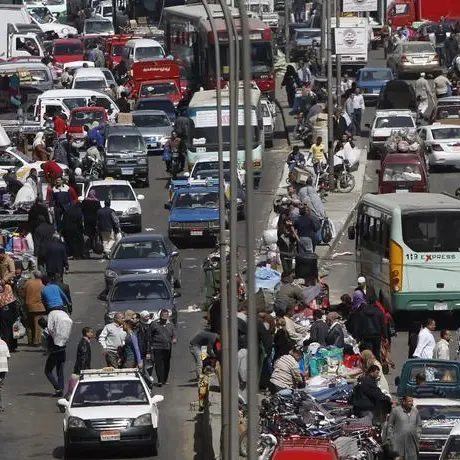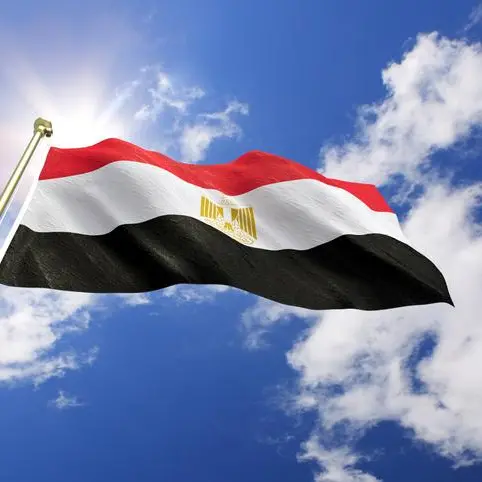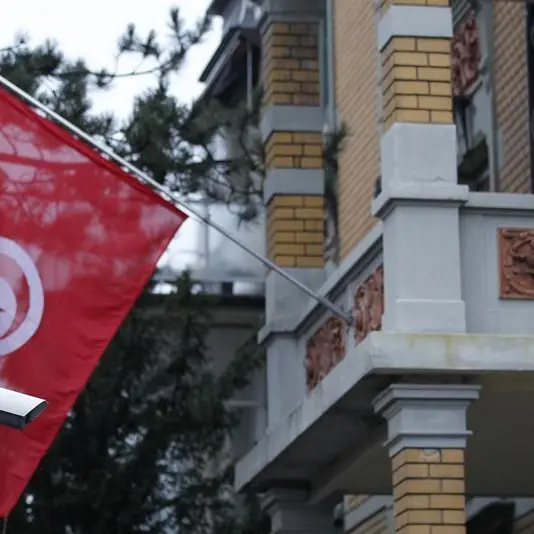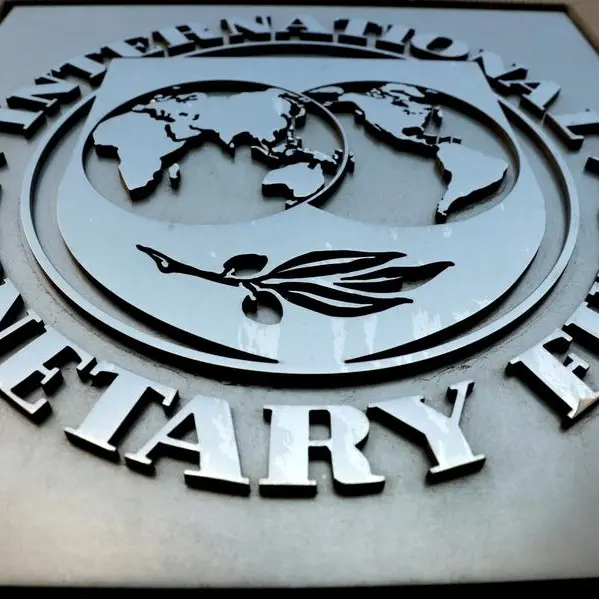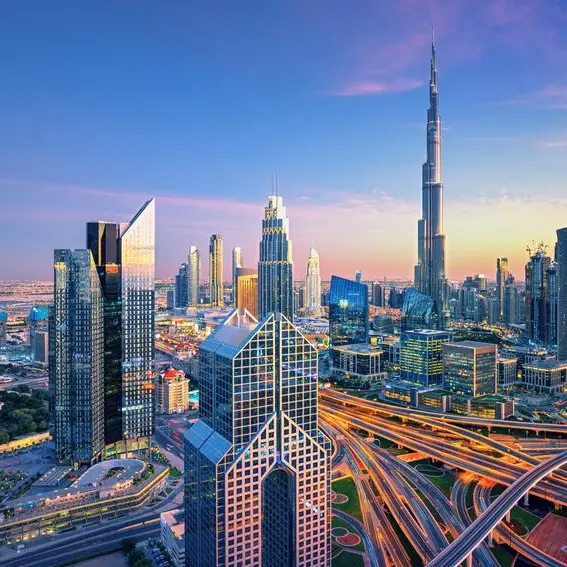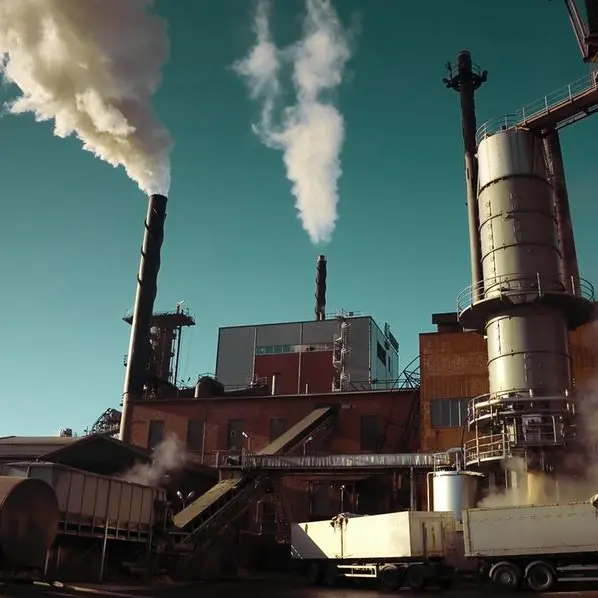PHOTO
The legacy phase of Expo 2020 Dubai is expected to inject nearly 62.2 billion UAE dirhams ($16.9 billion) into the UAE economy between 2021 and 2031, according to a report titled ‘The Economic Impact of Expo 2020 Dubai’ released on Monday.
The report, commissioned by the organisers of Expo 2020 and conducted by Big Four accountancy firm EY, examines the impact of Expo 2020 on the UAE’s Gross Domestic Product (GDP) and employment both from ‘direct’ increases in economic activity, ‘indirect’ benefits of increased supply chain demand and ‘induced’ benefits from increased spending by employees of firms involved in Expo 2020.
The economic impact of Expo 2020 totals 122.6 billion dirhams ($33 billion) gross value added (GVA) to UAE’s Gross Domestic Product (GDP), the EY report said, occurring over three phases – pre-Expo, during Expo and legacy.
The ‘legacy’ phase, the report noted, is expected to have the largest impact at 50.7 percent of the total, thanks to high-value commercial activity occurring on the site through high-end commercial tenants and the creation of ‘District 2020’, an area which will also include a major new exhibition centre known as Dubai Exhibition Centre (DEC).
Over 80 percent of the Expo built-environment is planned to be retained for District 2020, which will eventually expand into a city covering more than four million square metres supporting logistics and transport, travel and tourism, construction and real estate, and education industries, according to the report.
By comparison, the pre-Expo phase, running from the award announcement in November 2013 to October 2020, is expected to contribute only 37.7 billion dirhams ($10.3 billion, or 30.8 percent of the total), while 22.7 billion dirhams ($6.2 billion, 18.5 percent) of the contribution is expected to be generated during the event, which takes place over six months from October 2020 to April 2021.
Matthew Benson, a transaction advisory services partner at EY, who presented the report, clarified that the macro-economic model underpinning the report calculates the incremental impact of Expo 2020 on the UAE economy.
“We are only modelling the incremental effects on top of the economy that one sees today,” he said, adding that sources and assumptions going into the model have been agreed with Expo 2020.
He also emphasised that the report reflects “a certain scenario, a certain outcome, based on these assumptions, and the actual outcome could be more or less.”
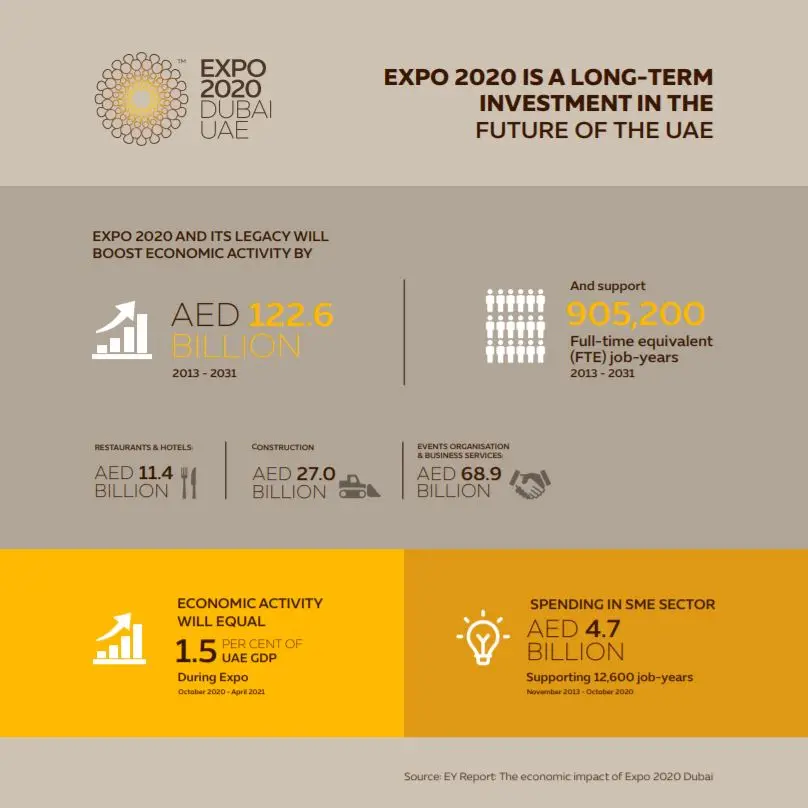

Click on the image above to open a high-resolution PDF version in a new tab.
Event horizon
The report noted that during the 10-year ‘legacy’ phase, 87 percent of the GVA impact (54.2 billion dirhams) is likely to be generated via the events organisation and business services sector.
The report states that Expo 2020 is also expected to create up to 905,200 full-time equivalent (FTE) job-years from 2013–31, which is equal to approximately 49,700 FTE jobs per annum in the UAE over this period. The report defines job-years as full-time employment for one person for one year.
“At its peak [during the six-month operational period of the expo), the economic impact is expected to be equivalent to 1.5 percent of the UAE’s GDP,” said Benson.
The report noted that the economic impact of the period in which the event is taking place is expected to come mainly from the 25 million visits forecast to the site and the upkeep of the site. It said an estimated 39 percent of this impact is likely to be generated via the restaurants and hotels sector and around 20 percent of the on-site spending is expected to be directed toward the small and medium-sized enterprise (SME) sector — the equivalent of 505 million dirhams.
The SME sector is also estimated to benefit from 4.7 billion dirhams in investment during the pre-Expo phase, supporting approximately 12,600 job-years, while also supporting Expo 2020’s aim to foster innovation and support small businesses.
(Reporting by Anoop Menon; Editing by Michael Fahy)
© ZAWYA 2019
